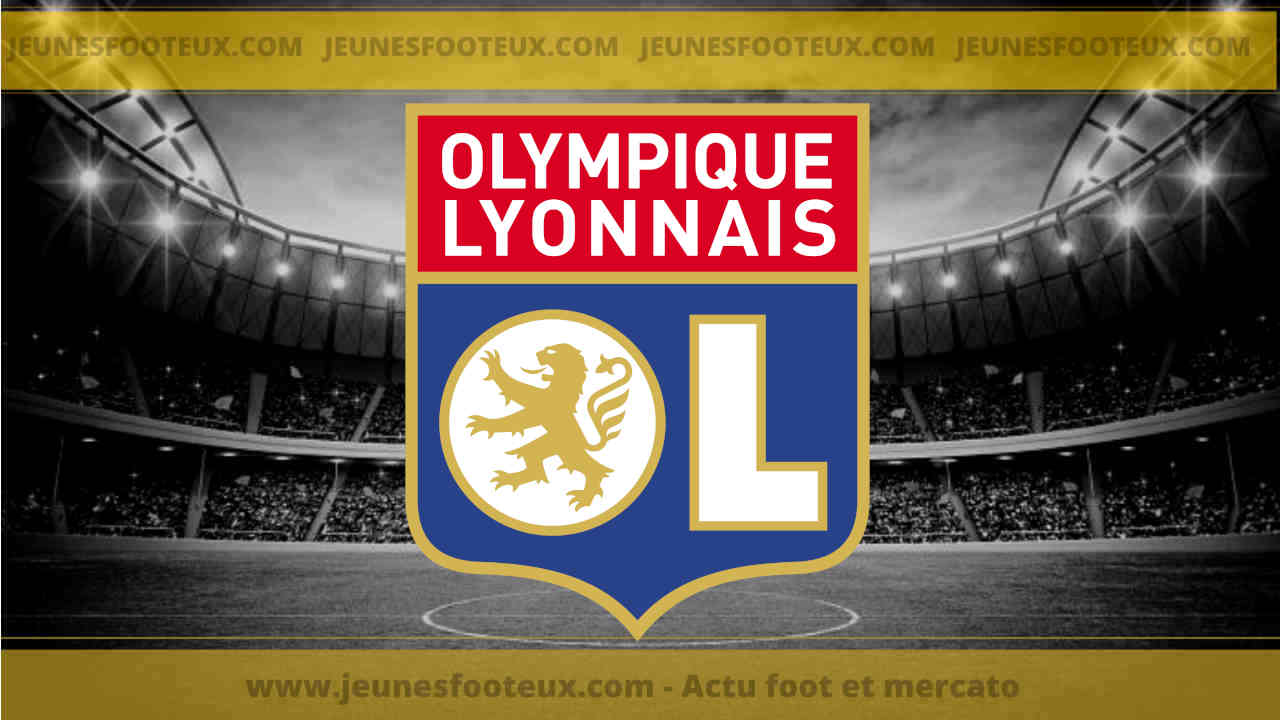To monitor the beaches of France, the National Society for Sea Rescue (SNSM) trains an average of 500 new swimmers every year. Present all along the coast, they will implement the many lessons learned during the year. Before embarking on the deep end, the “baby swimmers” of Finistère carried out one of the last revision sessions this weekend.
The sea is calm and the sun is shining high on the Brittany coast this Pentecost weekend. Children play in the sand, while their parents relax on the beach towels. Suddenly two young people are calling for help from the water: their friend is unwell. Two rescue swimmers set off with the rescue paddle while their colleague lowers the flags to indicate to the public that the beach is no longer under surveillance. In less than 2 minutes, the rescuers managed to place the victim on the long white floating board stamped “rescuers at sea” and to get them out of the water. Once she has ascended to the aid station, she is placed in the lateral safety position.
Concrete case on the sand
Here is a situation quite likely to occur on a beach during the summer. However in this case, in this month of June – certainly sunny -, it is only an exercise in the context of the training of “baby swimmers”, that is to say the future swimmers-rescuers of the SNSM, recognizable by their fluorescent green jersey worn over a wetsuit. On the beach of Kerambigorn, in southern Finistère, they are 14 to refine what they learned during their year of training in a concrete case. Among them, Fred, Aurél, Maïwenn and Kilian
After having placed their comrade who plays the role of the victim in PLS, they are busy around him to bring him assistance, under the benevolent and sharp gaze of Theo, their instructor, who is taking notes. While Maïwenn, one of the 3 girls of the promotion puts on the oxygen mask. Frédéric, he takes the temperature of the dummy victim using an ear thermometer and Aurèl measures his blood pressure. So many vital constants that will be needed by the rescuers who must call as soon as possible.
Indispensable debrief
Once the exercise is over, the small group gathers in a circle on the sand around their trainer to “debrief”. That is to say take stock of what has been acquired and what still constitutes gaps. In order to transmit a maximum of information which must become reflexes for young rescuers at sea. “Overall there are a lot of positive things”believes Theo. “The victim was quickly taken out of the water, warmed up and dried, but the call to the SAMU could have intervened more quickly”he analyzes. “Even if you don’t have all the constants yet, it is better to dial the number as soon as possible, because you risk being put on hold”, he advises. A rather positive result for the group which has trained all year.
Since October, the 14 baby swimmers at the Quimper Cornouaille Training and Intervention Center have received approximately 300 hours of training and training. During these months of preparation, they notably followed one or two weekly training sessions in the swimming pool, theoretical courses and exercises every Saturday, as well as several sea courses. They also had to validate 6 essential diplomas and certificates*, among which the boat license and the first aid gestures.
Main motivation: to help
While most of the candidates are in Terminale, and will do their first shifts at barely 18 years old, some baby swimmers are older: Fred is 50 and Jean-Baptiste 28. The first followed his sons, the one is a trainer and the other a baby swimmer. The second likes water activities and wanted to help. This is the motivation that comes up most often in the mouths of future rescue swimmers: helping others, rescuing. But “you have to hold on mentally when the water is cold in winter”assures Pierre, who drew his desire to engage with his predecessors whom he saw every summer on the beaches of his childhood. “I wanted to be like them“, he confesses.
Pierre will be assigned for the month of July on the beach of Saint Malo, where he will be housed and paid by the municipality. Like him, his comrades will implement the 3 missions of the SNSM lifeguards in Les Sables d’Olonne in Vendée, in Corsica or on the Normandy beaches: monitoring, preventing, intervening. Sickness in the water, drowning, lost child or buoy or floating mattress pushed out to sea by the currents and the wind… they will be there, as a team, to respond to the different situations of summer life on French beaches. They are ready and delighted to put into practice all the learning accumulated during the year.
To note : if you wish to become a lifeguard swimmer, you will find the registration form ici. You will find the CFI closest to you by consulting the carte interactive.
*The PSE1 (Level 1 team first aid); PSE2 (Level 2 team first aid); The BNSSA (National Water Safety and Rescue Certificate); The coastal permit; The CRR (Restricted Radiotelephony Certificate); The SSA littoral mention pilotage (Water surveillance and rescue certificate)
–


